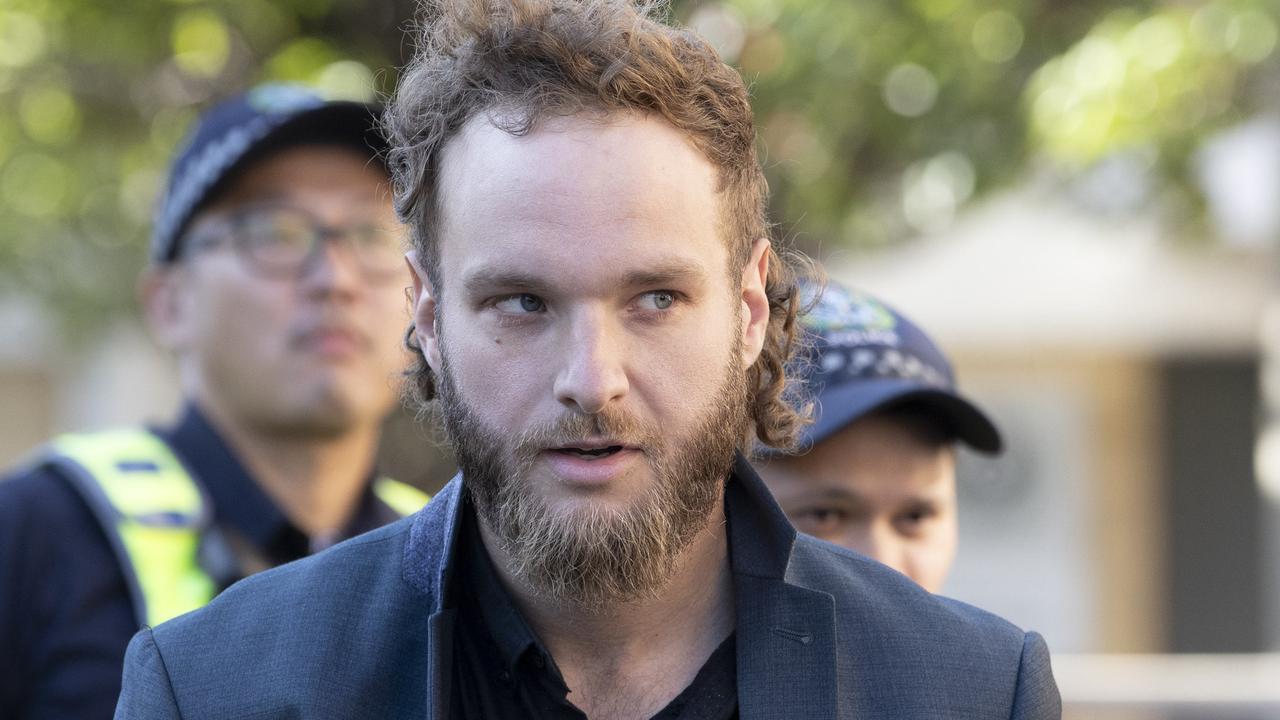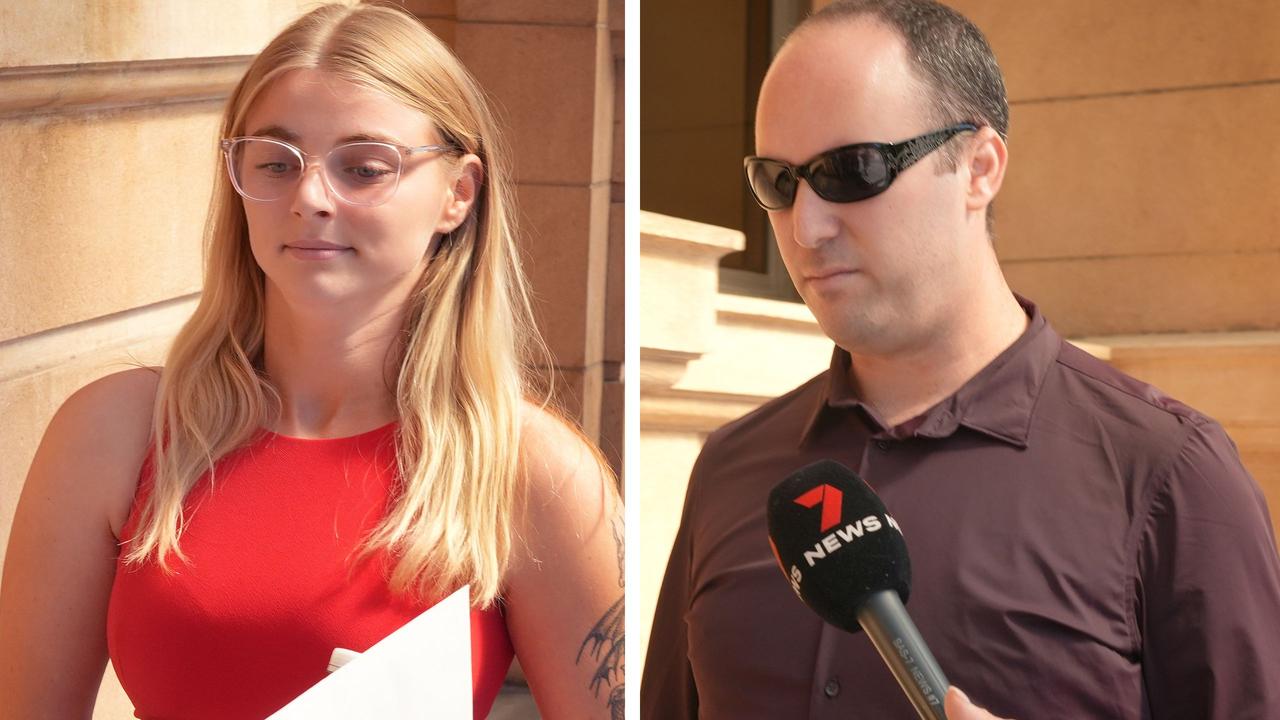Report pushes to scrap plans for new prison, invest $300m into ‘Breaking the Cycle’ fund
Former premiers, Aboriginal leaders and legal minds are calling for the government to abandon plans for a new prison, and put the money to better use.
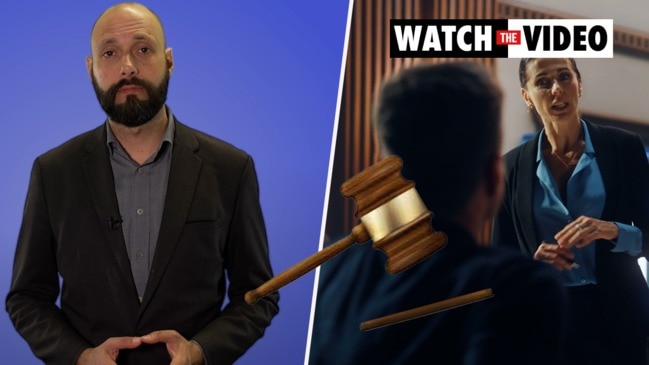
Police & Courts
Don't miss out on the headlines from Police & Courts. Followed categories will be added to My News.
An alliance of some of the state’s most prominent former leaders and Aboriginal voices has called on the state government to abandon plans for a new prison and instead invest $300m in justice reforms to keep people – particularly children – out of jail.
In a report to be launched in parliament on Tuesday, the Justice Reform Initiative says SA’s swelling incarceration rate is collectively costing the state more than $374m annually in operation costs alone.
In the 2021/22 state budget, Correctional Services received $500,000 funding to develop the strategic business case and another $1.5m in the last budget to complete a full business case for a new rehabilitation prison earmarked for a parcel of government-owned land at Gillman to house spiralling numbers of inmates.
But Justice Reform Initiative Director Dr Mindi Sotiri said research suggested SA’s “over-reliance” on prison time for offenders was failing to deter crime or reduce reoffending and disproportionately impacting First Nations populations.
The report, which has patrons including Aboriginal leader Heather Agius, former premier Lynn Arnold and former opposition leader Isobel Redmond, is calling for the government to scrap plans for new prison facilities and instead invest $300m in a ‘Breaking the Cycle’ fund to lower incarceration and recidivism rates.
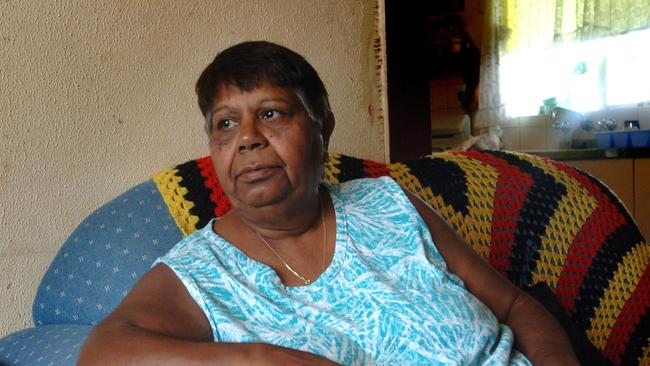
It also urged for at least 40 per cent of that fund to be dedicated to Aboriginal Community Controlled Organisations and focused on critical points of the justice system.
Dr Sotiri said evidence overwhelmingly showed adding new prison beds was a costly and ineffective response to both crime and rising prison numbers.
In 2021-22, the direct cost per adult prisoner per year was $82,278, the report found — while the cost per child was $1.15m per year.
“Crime prevention and support of people at risk of imprisonment is best carried out in the community where the drivers of crime can be addressed – not in an enormous new prison which will further entrench cycles of reincarceration, ultimately failing to make the community safer,” she said.
On an average night in SA, there are 3049 adults and 32 children in prison or youth detention — an average rate of adult incarceration of 202 per 100,000, a figure that has increased by 32 per cent in the last decade.
In adult prisons, 24 per cent of people are Aboriginal — despite representing just 2.4 per cent of SA’s population — and in children’s prisons, 51 per cent are Aboriginal.
The report found that First Nations South Australians were 16.1 times more likely to be in prison than the non-Aboriginal adult population.
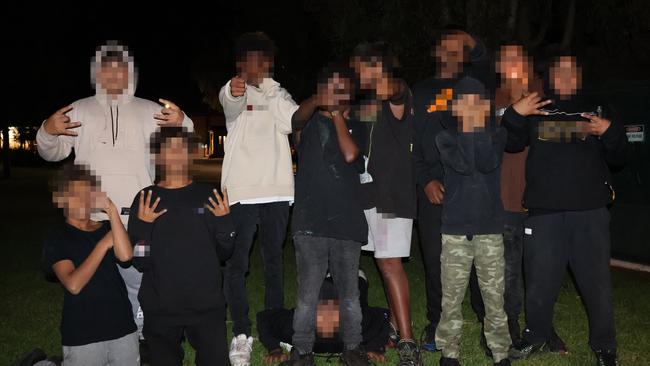
Dr Sotiri said there was an opportunity for South Australia to move away from imprisonment through genuine alternatives such as early prevention, diversion, and specialist courts that address disadvantage.
She said greater investment was needed to provide pathways out of the justice system, particularly with First Nations-led alternatives.
The report also called for better intervention services for at-risk youth, providing examples of effective programs from other states and territories.
“There has been clear commitment to reduce incarceration in South Australia and promote community safety, including acknowledgment of the importance of lowering the disproportionate over-representation of Aboriginal people in custody,” Dr Sotiri said.
“But there is much more to be done to address the significant gaps felt by thousands of people leaving prison each year who are not able to access critical community-led services or diversionary supports.
“Funds allocated to building new prison beds would be far better spent resourcing and expanding proven support services in the community, and across all points of the justice system, that we know work to reduce contact with the criminal justice system and break the cycle.”
The report has also urged to raise the age of criminal responsibility from 10 to 14, saying there was “clear evidence that 14 was the minimal age ... children could or should be held criminally responsible.”
The 2020 Youth Justice Assessment and Intervention Project found nine out of 10 children in the Adelaide Youth Training Centre (Kurlana Tapa) had some form of disability.
“Prison does not work to deter, to rehabilitate, or to make communities safer,” the report said.
“ We need recognition that our over-reliance on prison for both adults and children has been a policy failure in South Australia and a commitment to significant investment in community-led alternatives.”




